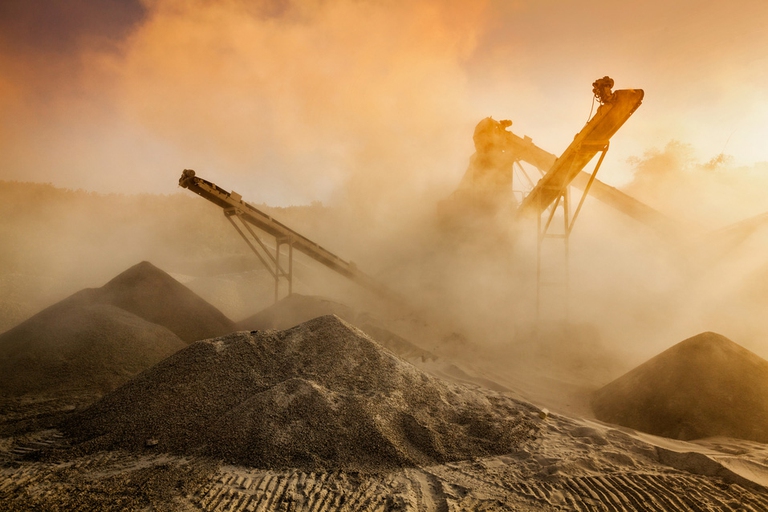Friends of the Earth calculated the environmental footprint of some generic everyday products, including smartphones. Here are the results.
It has become our inseparable friend, we can’t start our day, work and watch the TV without it: it’s the smartphone, a mixed blessing of our time.
![smartphone-1]()
And it pollutes. Or rather, it “steals” land and water resources. This is what was found by the report “Mind your step” of the environmental association with groups in 74 countries Friends of the Earth that estimated the environmental footprint of some generic everyday products including the much beloved smartphone which is globally more and more widespread.
![smartphone-2]()
According to the study, which analysed rare elements used to manufacture batteries, battery chargers, LED lights, circuit boards, producing a smartphone requires 18 m² of land and nearly 12.8 m³ of water.
The global market in Rare Earth Elements (REE) is dominated by China, where the environmental impact for their extraction is very high and waste products include arsenic, barium, cadmium, lead, sulphates and fluorides.
Friends of the Earth conducted another study on the same topic, which focused on the use of minerals in the mobile industry, in particular of tin, and suggested some solutions to reduce the impact, such as the elimination of a few accessories (as 70 percent of 30 million buyers already have the battery charger suitable for the mobile they are going to purchase), the increase of recycling rates or the creation of an app to promote sustainable behaviours.
![smartphone-3]()
According to the former report, the environmental impact of other products such as a pair of leather boots (50m² of land and 14.5 m³ of water) or of a T-shirt (4.2 m² of land and 3.9 m³ of water) is not better.
This piece of research was based on the data provided by Trucost and aims to remind consumers and companies that not only is it important to take into account the environmental footprint of a widespread product, but also how much water and land are consumed.
![smartphone-4]()
Siamo anche su WhatsApp.
Segui il canale ufficiale LifeGate per restare aggiornata, aggiornato sulle ultime notizie e sulle nostre attività.

Quest'opera è distribuita con Licenza Creative Commons Attribuzione - Non commerciale - Non opere derivate 4.0 Internazionale.












